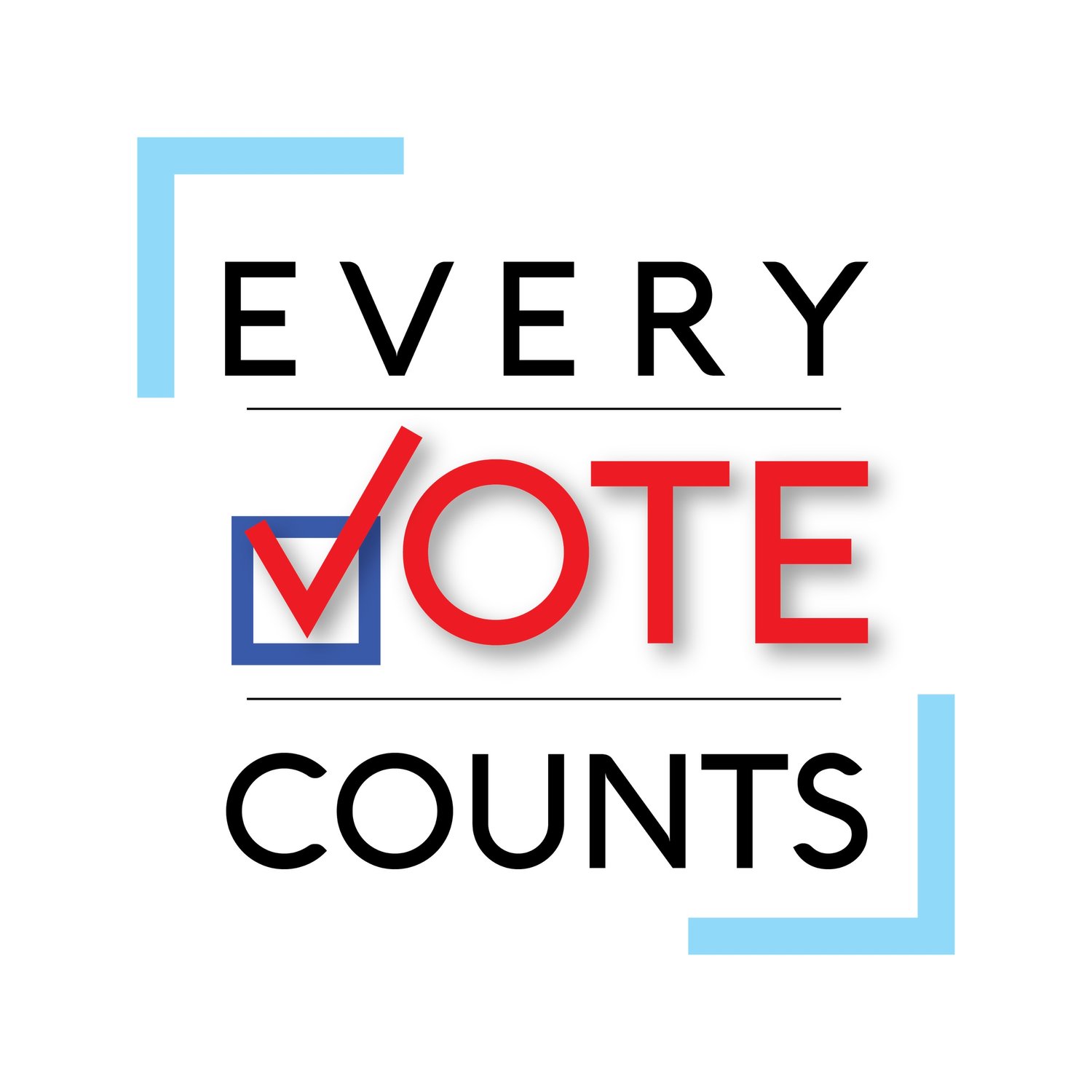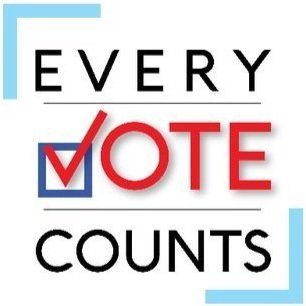Ranked Choice Voting, NYC Primaries, And Student Government Elections
By Warren Klein
Ranked Choice Voting recently came to the forefront of American politics following a controversy in the New York City Democratic Mayoral Primary. But before diving into the politics of the system it is important to understand how Ranked Choice Voting works. Different from other ballots, when filling out a Ranked Choice ballot, the ballot gives the voter the opportunity to rank up to 5 candidates. After the ballots are submitted, a series of runoff elections occur until a candidate receives at least 50% of the vote. After each runoff election a candidate is eliminated - the candidate with the least amount of votes - and their votes are redistributed to the next candidate on each of the voters ranked lists. For example, in the context of the New York City Mayoral Democratic Primary, if one were to have ranked Andrew Yang first followed by Eric Adams, after Andrew Yang was eliminated from the race, their vote would then be given to Eric Adams.
So, what exactly happened to create such a fuss surrounding Ranked Choice Voting in New York City? Well, when tallying the votes for the primary, the New York City Board of Elections failed to remove over 135,000 sample ballots that were intended to test the technology for counting the Ranked Choice Voting ballots before the race. As a result, the New York City Board of Elections released inaccurate vote counts, which they later had to retract, confusing the people and reducing confidence in Ranked Choice Voting.
Due to human error, the New York City Board of Elections managed to further undermine the legitimacy of voting procedures in the United States and their actions have painted Ranked Choice Voting as a convoluted, anti-democratic process. While the argument can be made that Ranked Choice Voting is both of those things, the New York City Board of Elections should not be the reason that it is dismissed nationally. Ranked Choice Voting is not a new practice and issues surrounding its implementation in New York City are not a reason to end its consideration as an alternative to our current “first past the post” system. It has been successfully used in cities across the nation and was even used in the presidential and other federal elections for the state of Maine.
Champions of Ranked Choice Voting want the candidates to be most representative of the people. In some ways it does provide that as every candidate selected has a majority of the living ballots. Those in favor of Ranked Choice Voting also see it as a remedy for the extreme polarization that has swept over the United States over the last decade. They believe it forces candidates to be more sympathetic to opposing views and moderate their positions. To them, ranked choice voting is the solution to making campaigning less negative and more inclusive, serving to foster issue focused and positive candidate platforms. In Maine’s gubernatorial democratic primary, Mark Eves and Betsy Sweet released a joint video advocating for each other’s policies. It was refreshing to see two candidates competing against one another advocate on each other’s behalf. That approach, catalyzed by Ranked Choice Voting, can be especially powerful in primaries as it incentivizes candidates to appeal to bigger audiences; thus making their platforms more encompassing of the party. Also, during primaries candidates regularly drop out of the race and having the Ranked Choice Ballot can be particularly helpful for early and absentee voters who do not know who will still be in contention by the time their state’s primary occurs. Additionally Ranked Choice Voting promotes the existence of third parties and allows voters to give their support to candidates they truly want in office without worrying about “throwing away their vote.” During the 2016 election, for example, third party candidates carried over 5% of the overall vote. Had there been Ranked Choice Ballots the outcome of the election could have been very different.
Critics of Ranked Choice Voting are concerned about the exhausted ballot phenomenon. An exhausted ballot occurs when a ballot is eliminated from the voting tally because all of the candidates a voter selected were eliminated from the race. By the ninth tabulation in the New York City Mayoral election, for example, 117,000 ballots were exhausted. It is troubling to some that in the final tally so many ballots are not counted or considered and as a result critics do not see a reason to use the Ranked Choice Voting system if it can fail in its main mission to always provide a majority.
Additionally, people are afraid that Ranked Choice Voting will exacerbate polarization in the United States as there will be less of a consequence for voting for an extremist candidate.
Finally, opponents of the system see Ranked Choice Voting as an over complicated process that discourages voter turnout. They believe that mobilizing the electorate to vote is difficult enough, and that the educational hurdles related to Ranked Choice Voting will be expensive to overcome and potentially exacerbate disparities between those who are likely to vote and those who are not. Simply put, they argue people who do not vote will be further deterred by the idea of having to learn a new system of voting.
One way to combat this education critique of Ranked Choice Voting is to promote its use in student elections on college campuses. According to FairVote, over 80 colleges and universities including UC Berkeley, Harvard, Stanford, Yale, and Michigan are already using Ranked Choice Voting in the Student Government elections, and expanding that practice could educate and familiarize young voters with Ranked Choice Voting. Ranked Choice Voting may have the potential to do much good for the American people and we can’t let the mistakes of the NYC board of elections, not issues with Ranked Choice Voting itself, be what influences its future in the United States. Transitioning campus elections nationwide to ranked choice voting will help educate generations of voters, and hopefully it can inspire greater participation by the American public in the voting process more broadly.

